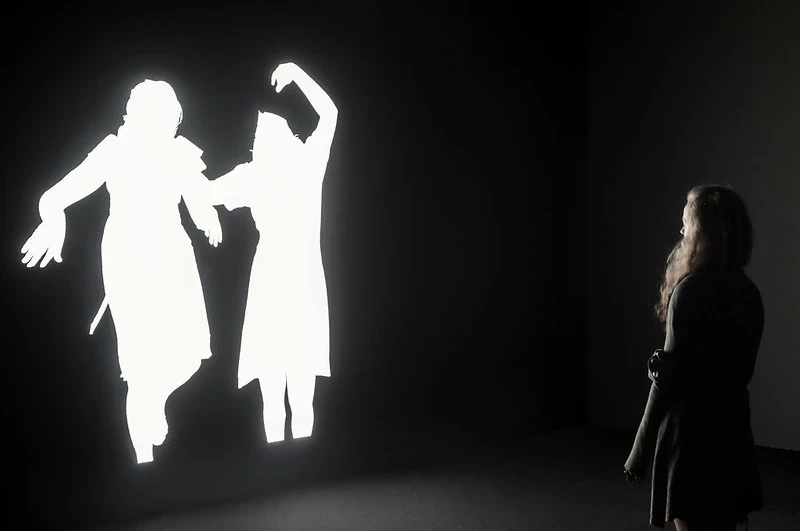

Exhibition
Exhibition "Lament of the Images - Alfredo Jaar
Exhibition
- Nome: Exposição "Lamento das Imagens - Alfredo Jaar"
- Opening: 26 August 2021
- Visiting: until 05 December 2021
Local
- Venue: SESC Pompéia - Rua Clélia, 93
- Online Event: No
Sesc Pompeia presents a new exhibition
of Chilean artist Alfredo Jaar
Large-scale physical installations present Jaar's way of thinking about his politics of images in the contemporary world, and also reveal reflections around forms of social control and the maintenance of inequalities.
